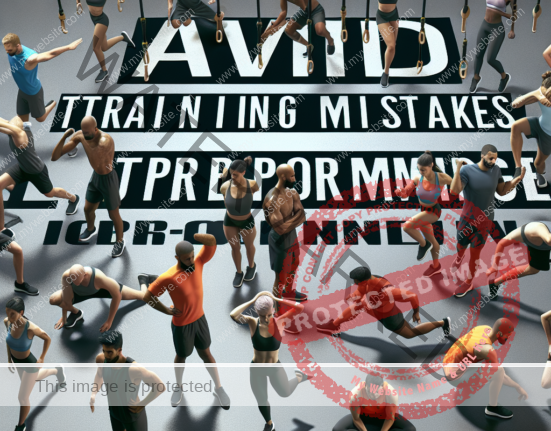# Creating a Stellar eLearning Course for Corporate Training
This article was written by Tanya Galton, an expert in eLearning globally and the director of iSpring Academy, a provider of eLearning software. Tanya leads a team of over 30 professionals focused on developing and launching courses and certification programs for various digital professions.
Businesses face operational challenges that can be addressed through Learning Management Systems (LMS) and eLearning solutions. An LMS helps convert domain knowledge into learning materials, streamlines learning processes, and enables efficient corporate learning scaling while reducing reliance on instructional designers and coaches.
Understanding the success of an eLearning course involves examining various metrics that indicate its effectiveness. Metrics such as employee onboarding success rates, course completion rates, test scores, application of new knowledge in work, and performance improvements post-course completion provide insights into course quality. These metrics can only be measured post-implementation and completion of the course.
Before creating an eLearning course, consider defining the target audience and identifying specific skill gaps or operational challenges within the organization that the course aims to address. Setting clear, realistic goals aligned with business objectives and implementing quantitative metrics early on can help measure the course’s success effectively.
Tailoring course materials to be relevant and engaging for the target audience is crucial for keeping learners motivated. Aligning the course content with business objectives ensures that the course adds value to the organization by addressing specific training needs and business pain points.
Considering accessibility features, such as mobile-friendliness and varied learning formats, ensures that the course caters to diverse learner preferences and accessibility.
To avoid common pitfalls in course creation, businesses should be aware of potential mistakes and factors that could impact the learning process negatively. Utilizing resources like the iSpring Academy checklist can help businesses with limited instructional design experience create professional and effective eLearning courses.It is essential to avoid common mistakes when creating an eLearning course for corporate training or onboarding. Here are some key points to keep in mind:
1. Understand the costs involved in training, both direct and indirect, and compare them with the expected return on investment.
2. Calculate the costs of developing and implementing your eLearning course upfront, and carefully assess the capabilities of your eLearning provider to ensure they can meet your needs without any limitations.
3. Avoid cramming too much content into your courses. Focus on specific goals and business requirements to increase the chances of success.
4. Ensure learner engagement is prioritized by incorporating interactive elements like quizzes and simulations to keep users motivated and interested.
5. Provide opportunities for practical application of the course material to help learners practice and reinforce their new skills in a safe environment.
6. Integrate your courses with other learning materials to create a comprehensive learning experience that complements your existing infrastructure.
7. Remember that effective learning content is more impactful when it is aligned with your organization’s context and goals.
In conclusion, developing a successful eLearning course requires a strategic approach beyond simply digitalizing information. By following these guidelines, you can create high-performing courses tailored to your business and trainees’ needs effectively.
If you found this article helpful, you may also be interested in learning about the collaboration between Khan Academy and iTeach on an AI-powered teacher training tool.
(Image source: Jacob Wackerhausen, iStock)
















